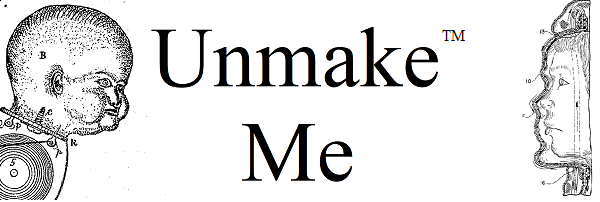The U.S. government files a huge number of patents. In addition, anything funded with government money has to set aside rights for government use. Most of the time you won’t see the patents with the really cool stuff, though. That’s because any inventions relating to national security, whether filed by the government or by anyone else, can have a secrecy order imposed. The invention gets buried, the inventor gets compensated for their trouble, and you never hear about it again.
Which really makes you wonder why we know about the craft using an inertial mass reduction device. This patent is by the U.S. Navy, listing Salvatore Pais as inventor, and claims to use microwave emitters to “create a local polarized vacuum” outside a resonant cavity.

…wub wub wub wub…
The text of the patent is the kind of physicksy gobbledygook you would expect from any crackpot, except this has the imprimatur of the U.S. Navy on it. Here’s an example:
The physical mechanism which drives this diminution in inertial mass is based on the negative pressure (hence repulsive gravity) exhibited by the polarized local vacuum energy state (local vacuum polarization being achieved by a coupling of accelerated high frequency vibration with accelerated high frequency axial rotation of an electrically charged system/object) in the close proximity of the system/object in question.
USP 10,144,532, col. 2, lns 15-22
The stated goal is to “reduce a craft’s inertia, that is, its resistance to motion/acceleration by polarizing the vacuum in close proximity to the moving craft.” USP 10,144,532, col. 2, lns 26-28. Call me a skeptic, but I don’t think that it’s going to work!
Neither did the patent examiner, who pointed out that the patent calls for field strengths and power usage that are orders of magnitude beyond the strongest that humankind has generated so far. So how did this invention get patented?
Honestly, I’m not sure. The Navy appealed the rejection, and the examiner just rolled over and allowed the case. I think the key was probably that they got another guy to swear that the thing was possible, and examiners aren’t really allowed to question that kind of evidence. Basically, I think they found the limit of how much the examiner cared about doing a good job, and made themselves more trouble than they were worth.
And I guess that’s the takeaway here. Sometimes you can get a patent on nonsense just by being bull-headed enough to stick with it.

